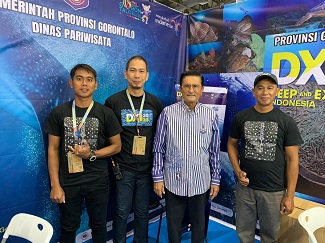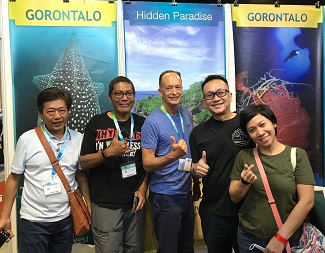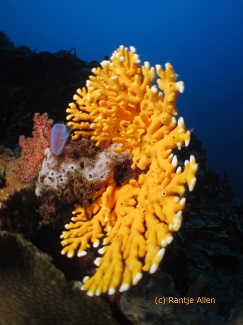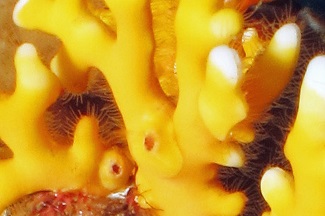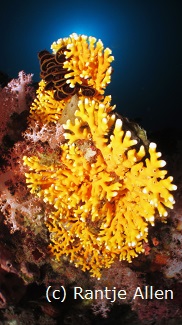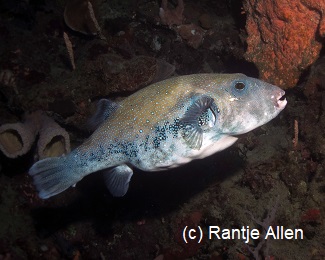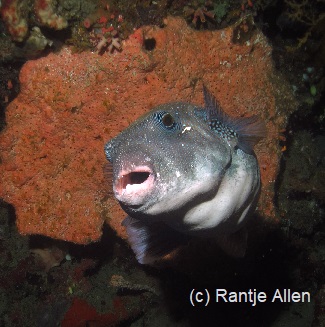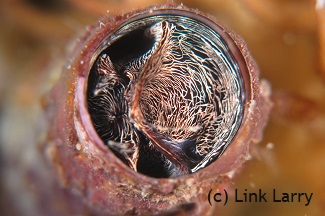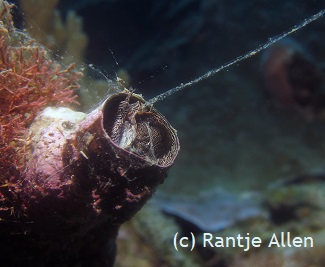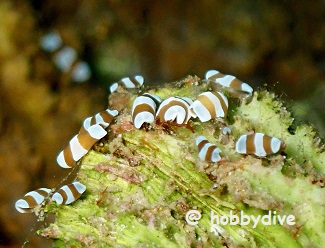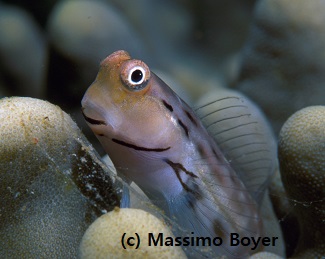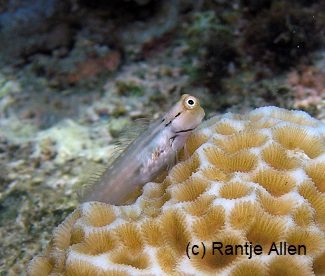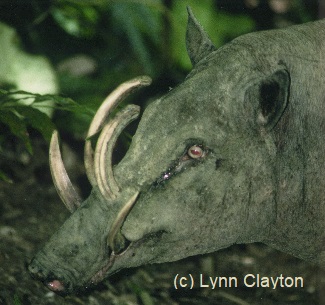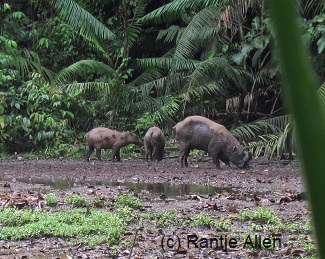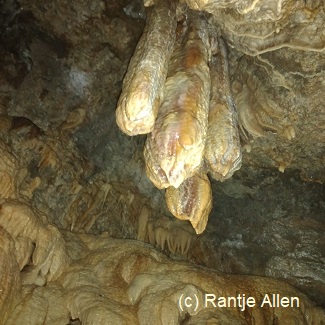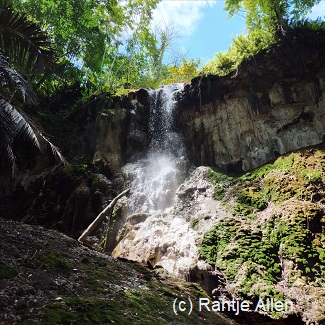Loading content - please wait...
DXI2023 marks Miguel’s Diving return
DXI2023 or DEEP EXTREME 2023 marks Miguel’s Diving return to Indonesia’s prestigious diving expo. Other adventure sports are also represented there.
Joint Promotion with Tourism Department
Gorontalo Provincial Tourism Department invited Miguel’s Diving to join its booth. We are most grateful for their support. The booth location was D10. Two of Miguel’s Diving staff attended DXI2023. They were Yunis Amu and Maman Abdullah. Other dive staff remained in Gorontalo to take guests diving.
As in many previous years, DEEP EXTREME Indonesia 2023 held its exhibition at the Jakarta Convention Center. The dates were June 1 to 4. The expo combines scuba diving with extreme sports, such as rock climbing. It is now the largest expo of its kind in Southeast Asia. At DXI2023, Miguel’s Diving offered a discount dive packages exclusively to visitors to our booth.
We also promoted our custom-built speed boats. The larger one holds a maximum of fourteen divers. It comes complete with a marine toilet. The smaller speed boat can hold eight divers, but we prefer to limit the capacity to six guests plus dive masters. Both boats provide canopies for complete coverage from the sun. We built both specifically for divers rather than renovate boats built for fishing. No one else offering diving in our area has the facilities that we have.
Friends Old & New
The Gorontalo booth for DXI2023 contained a variety of underwater photographs from Gorontalo. Gorontalo is a great place for underwater photos, whether wide angle or macro.
After taking a pause from diving since 2020, many divers wish to return to Gorontalo for our great diving. The Jakarta dive show was a wonderful opportunity to reconnect with longtime friends and to make new ones.
One visitor to our booth was our representative to parliament, Mr. Fadel Muhammad. He is Wakil Ketua MPR for the current period. He will be up for re-election in 2024.
If you could not meet us in person, please book your dive trip with us.






